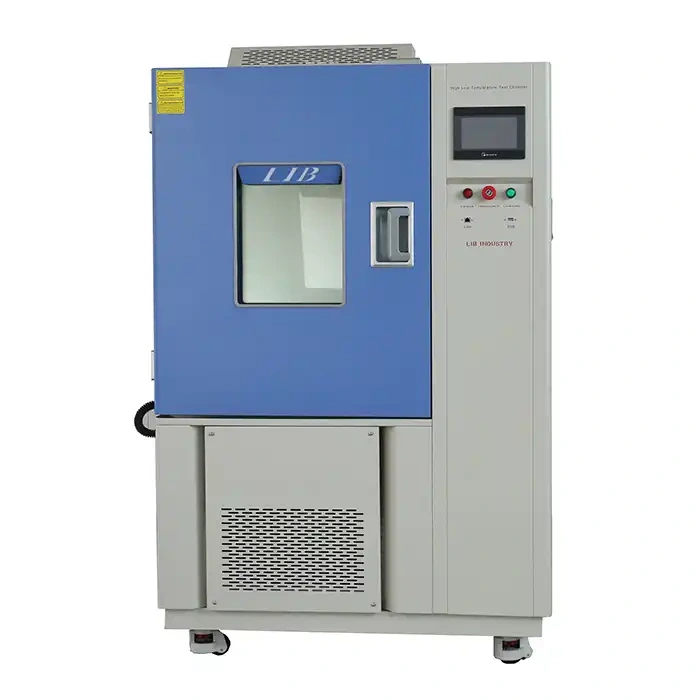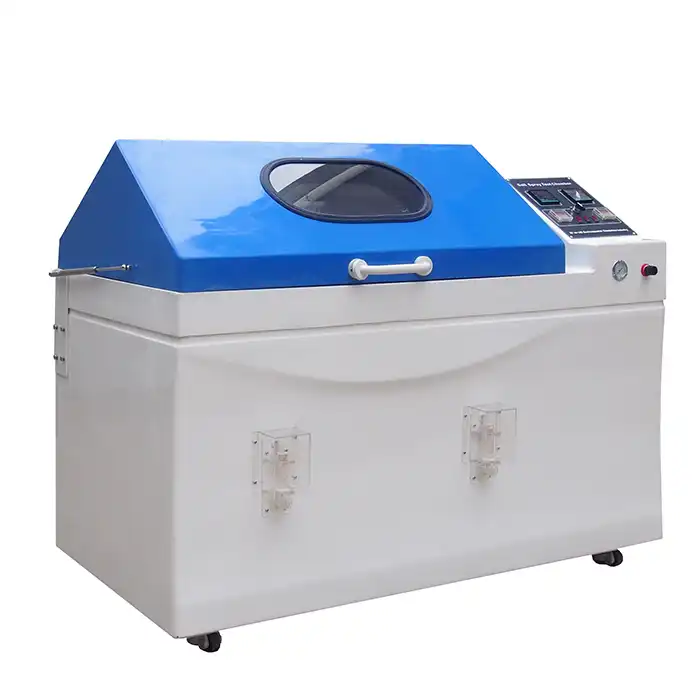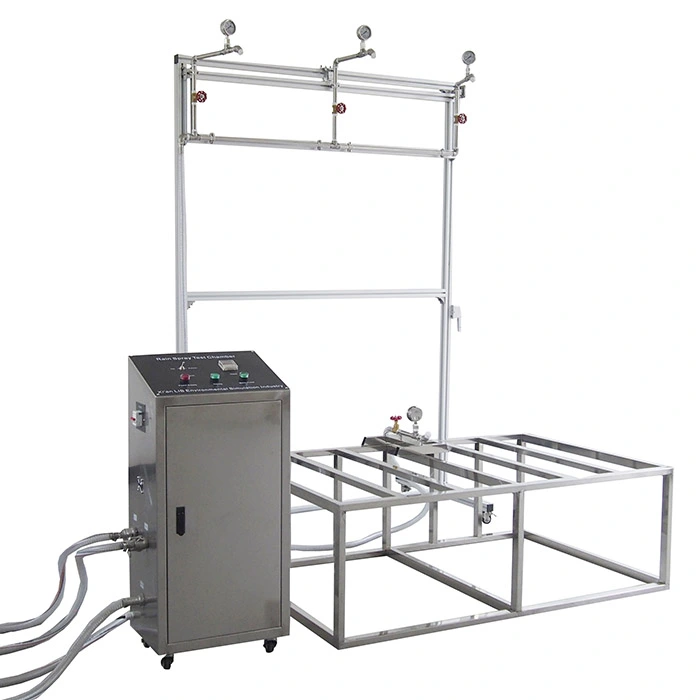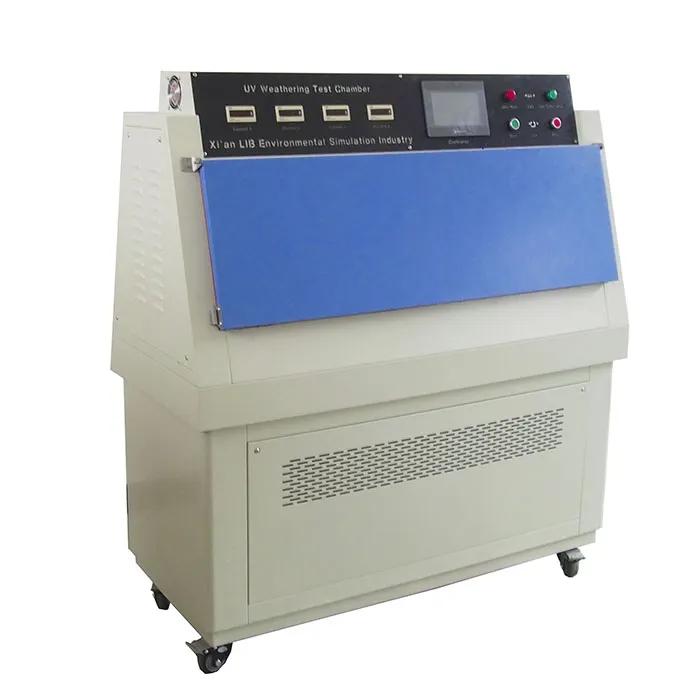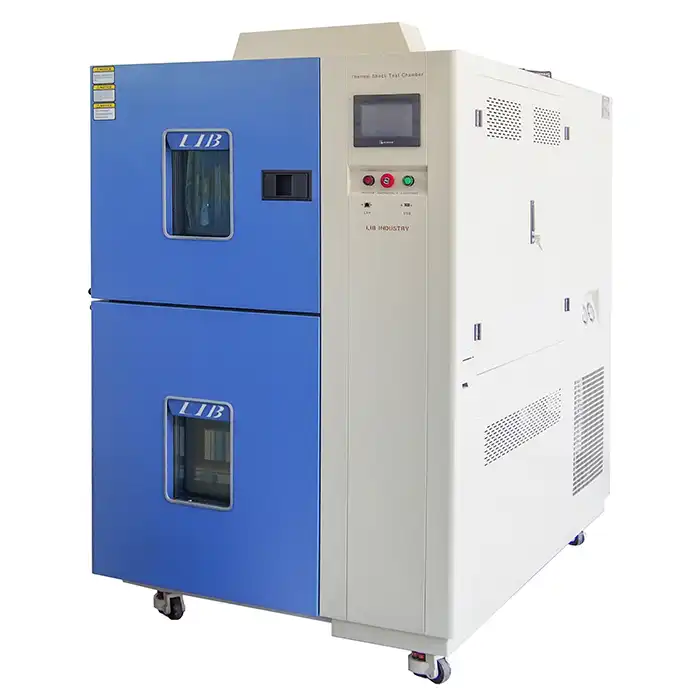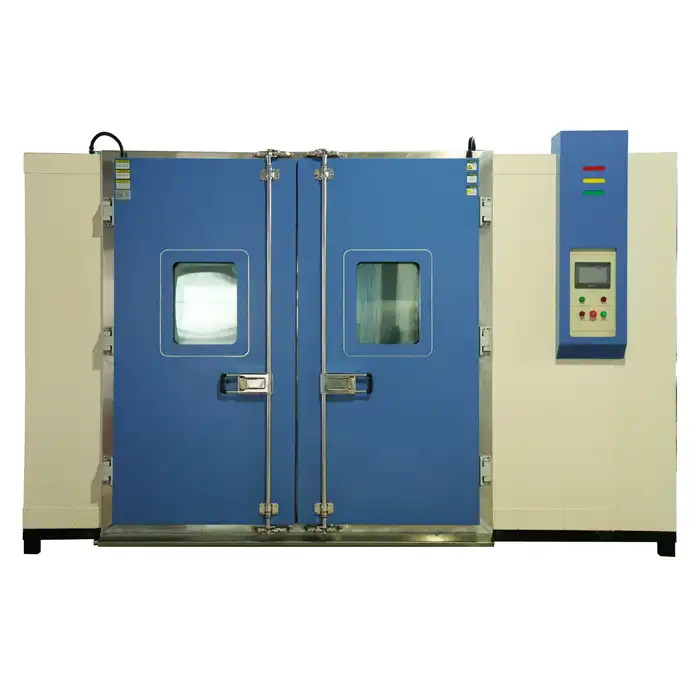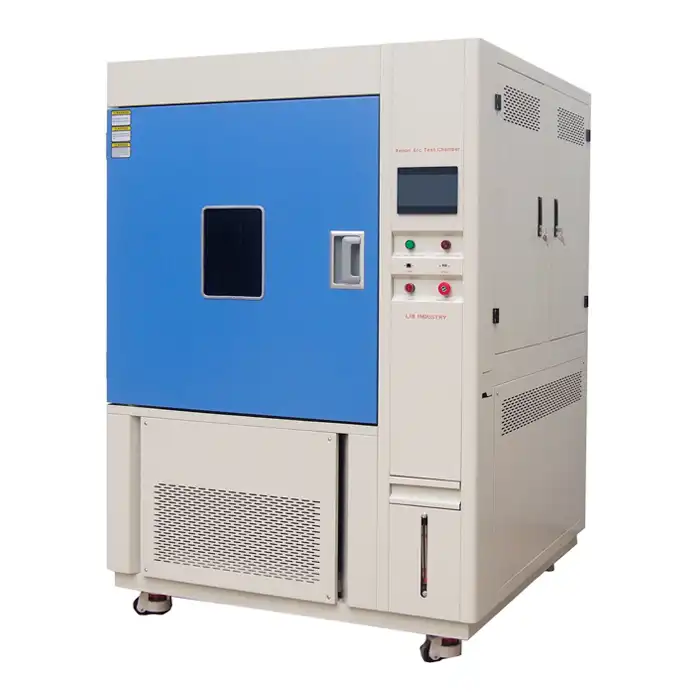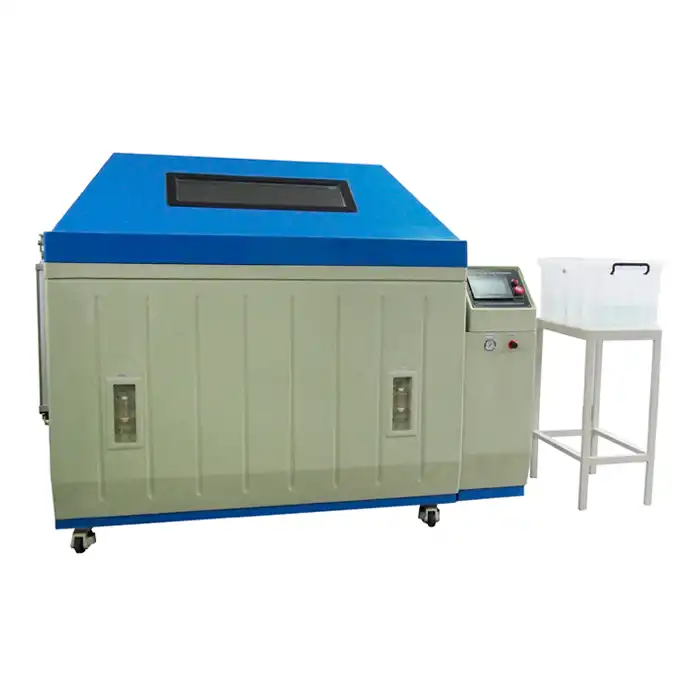What does an environmental chamber do?
Environmental chambers are essential tools in industries ranging from electronics to automotive, aerospace, pharmaceuticals, and beyond. These specialized chambers simulate various environmental conditions to test the durability, performance, and reliability of products. Whether you're dealing with extreme temperatures, humidity, or other environmental factors, environmental chambers provide critical insights into how your products will behave in real-world conditions. This article delves into the various functions and applications of environmental chambers, with a specific focus on the versatile benchtop environmental chamber.
Understanding Environmental Chambers
Environmental chambers, also known as climatic or climate chambers, are designed to recreate a wide range of environmental conditions. From simulating the scorching heat of a desert to the frigid temperatures of the Arctic, these chambers are indispensable in quality control and product development processes.
Types of Environmental Chambers
There are various types of environmental chambers, each designed for specific testing needs:
- Temperature Chambers: These chambers can produce a broad range of temperatures, from extreme cold to intense heat, allowing for the testing of products under different thermal conditions.
- Humidity Chambers: These chambers control both temperature and humidity levels, ideal for testing how moisture impacts materials and products.
- Benchtop Environmental Chambers: Compact and versatile, these chambers are perfect for laboratories with limited space but still require robust testing capabilities.
The Role of Environmental Chambers in Product Testing
Environmental chambers are crucial in determining a product's lifespan and identifying potential failure points. By subjecting products to controlled environmental conditions, manufacturers can predict how products will perform in different climates and usage scenarios, ensuring they meet safety and quality standards.
Why Choose a Benchtop Environmental Chamber?
Benchtop environmental chambers offer a unique blend of portability and performance. They are ideal for smaller-scale testing, providing the same level of precision as larger chambers but in a more compact form factor. This makes them suitable for laboratories and facilities with space constraints or those that require frequent relocation of testing equipment.
Applications of Environmental Chambers
Environmental chambers are utilized across various industries, each benefiting from the ability to simulate and control environmental conditions for product testing.
Electronics and Semiconductor Testing
The electronics business vigorously depends on natural chambers to test the strength of parts and gadgets. For example, temperature cycling tests assist with distinguishing flimsy spots in semiconductors, guaranteeing they can endure the warm pressure of ordinary use.
Automotive and Aerospace Testing
Environmental chambers assume a fundamental part in the auto and aviation areas, where security and unwavering quality are central. By reproducing outrageous circumstances like high heights, extreme intensity, or frosty temperatures, producers can test the restrictions of their vehicles and airplane, guaranteeing they satisfy tough administrative guidelines.
Pharmaceutical and Biomedical Testing
Environmental chambers are used to test the stability and effectiveness of drugs and medical devices in the pharmaceutical and biomedical industries. These chambers can reproduce a scope of conditions, from high stickiness to outrageous cold, guaranteeing that items stay protected and successful all through their time span of usability.
Optimizing the Use of Environmental Chambers
To get the most out of your environmental chamber, it’s essential to understand how to operate and maintain it effectively.
Proper Setup and Calibration
The foundation of effective environmental testing lies in the correct setup and regular calibration of the chamber. Setting up an environmental chamber involves more than just placing it in your lab. The chamber must be positioned in a location where external factors such as direct sunlight, drafts, or vibrations won’t affect its performance. Additionally, ensuring that the chamber is on a stable surface and has adequate ventilation is crucial to prevent overheating and ensure consistent operation.
Calibration is another critical factor. Environmental chambers need to be calibrated to maintain the precise conditions required for testing. This process involves verifying that the chamber's temperature, humidity, and other environmental controls are accurate and consistent with the desired test parameters. For benchtop environmental chambers, which are often used for precision testing on a smaller scale, even minor deviations can skew results, making regular calibration essential. Calibration should be performed at intervals recommended by the manufacturer or whenever there is a significant change in the testing environment.
Routine Maintenance and Troubleshooting
To keep your environmental chamber running smoothly, routine maintenance is key. Regular maintenance helps prevent unexpected breakdowns, which can be costly and disrupt testing schedules. The first step in maintenance is conducting visual inspections of the chamber’s seals and gaskets. These components are critical for maintaining the integrity of the environmental conditions within the chamber. Over time, seals can wear out or become damaged, leading to leaks that can compromise test results. Replacing worn seals promptly ensures that the chamber maintains a controlled environment.
Temperature and humidity controls are the heart of the environmental chamber’s functionality. Regular checks should be performed to ensure that these systems are operating correctly. This includes verifying that the sensors are providing accurate readings and that the heating, cooling, and humidity systems are functioning as intended. In case of any discrepancies or malfunctions, immediate troubleshooting is necessary. This might involve recalibrating the sensors, replacing faulty components, or adjusting the control settings. Regular software updates should also be performed to ensure that the chamber’s control systems are up-to-date and functioning efficiently.
Data Management and Analysis
One of the most critical aspects of using an environmental chamber is managing and analyzing the data generated during testing. Environmental chambers are capable of producing vast amounts of data, including temperature profiles, humidity levels, and test durations. Proper data management ensures that this information is stored securely, easily accessible, and organized in a way that facilitates analysis.
Modern benchtop environmental chambers often come equipped with advanced data logging and analysis software. These tools automatically record environmental conditions during tests, allowing for real-time monitoring and post-test analysis. Utilizing these features can significantly enhance the efficiency of your testing processes. For instance, you can set up alerts to notify you if the chamber deviates from the set parameters, enabling quick corrective actions.
Conclusion
Environmental chambers, particularly benchtop environmental chamber, are indispensable tools across multiple industries. They provide the ability to simulate various environmental conditions, ensuring that products are robust, reliable, and ready for the market. By understanding their functions, applications, and best practices for operation, manufacturers can optimize their use, leading to better products and greater customer satisfaction.
For more information about how benchtop environmental chambers can benefit your testing processes, feel free to contact us at info@libtestchamber.com.
References
1. Ashrae Handbook: HVAC Applications, American Society of Heating, Refrigerating and Air-Conditioning Engineers, 2022.
2. Climate Chamber Fundamentals, Weiss Technik, 2021.
3. Principles of Environmental Testing, McGraw-Hill Education, 2020.
4. Comprehensive Guide to Temperature and Humidity Testing, Vaisala, 2023.
5. Environmental Testing for the Aerospace Industry, SAE International, 2021.
6. Handbook of Stability Testing in Pharmaceutical Development, Springer, 2022.



